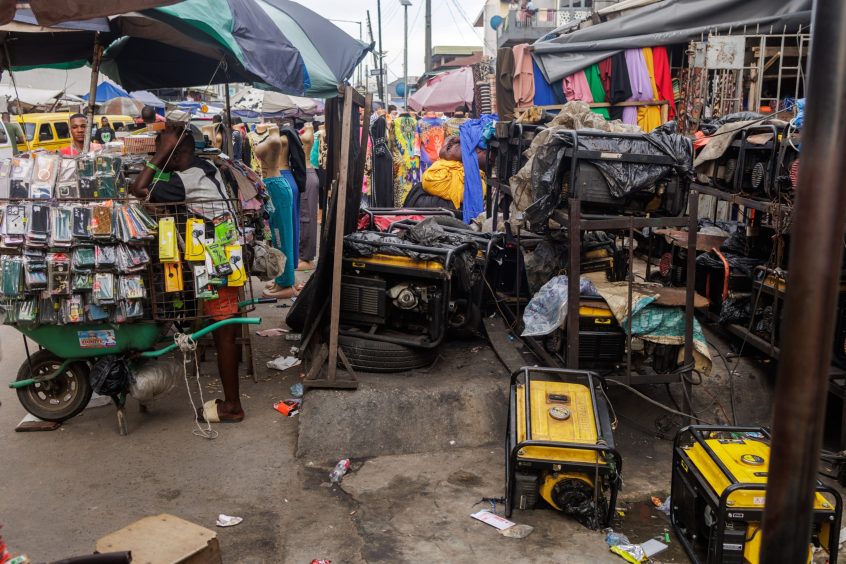
Nigerian electricity companies are short of an estimated 2 trillion naira ($2.5 billion) in capital and need new investors to revive the industry that can barely supply power to its 200 million residents.
The companies are over-leveraged and under-capitalized, which has limited their capacity to invest in distributing electricity to households, Olu Verheijen, an adviser to President Bola Tinubu on energy, said in an interview.
Inadequate pricing, patchy revenue collection and a dilapidated national grid have left most residents in Africa’s most populated nation to produce their own power using noisy generators. Take the case of Lagos. The grid delivers only 1,000 megawatts to a city of 25 million people. By contrast, Shanghai, with roughly the same population, supplies more than 30,000 megawatts at peak demand.
“We need to set policies that facilitate reorganization and recapitalization and bring in new partners with new capital,” the adviser said, without providing a date or more details for the plan.
President Bola Tinubu pledged on Jan. 1 to improve electricity supply in the West African nation.
Tariff issues
The recapitalization will accompany plans to make electricity tariffs cost-reflective, which will improve the liquidity and viability of the power sector, Verheijen said.
While the country privatized generation and distribution in 2013, tariffs are set by the Nigeria Electricity Regulatory Commission, a government-controlled body. Power firms aren’t allowed to charge enough to recover the cost of distributing electricity, with the government paying the difference as a subsidy to companies in the sector.
Without a tariff review, weakness in the naira — which slumped 50% against the dollar last year — and accelerating inflation could push energy subsidies to 1.6 trillion naira this year from 600 billion naira in 2023, according to the regulator.
“With the current tight fiscal space, government’s ability to cover this shortfall is challenged,” Verheijen said. “These issues have exacerbated the financial-liquidity challenges in the sector.”
Only 4,000 megawatts of Nigeria’s 13,000 megawatts of installed capacity for electricity generation are distributed to homes and businesses.
In contrast, South Africa — with a population that’s a third the size of Nigeria’s and whose economy was crippled by almost-daily power cuts last year — has about 52,000 megawatts of capacity, three quarters of which comes from a debt-riddled state-owned utility running aged plants.